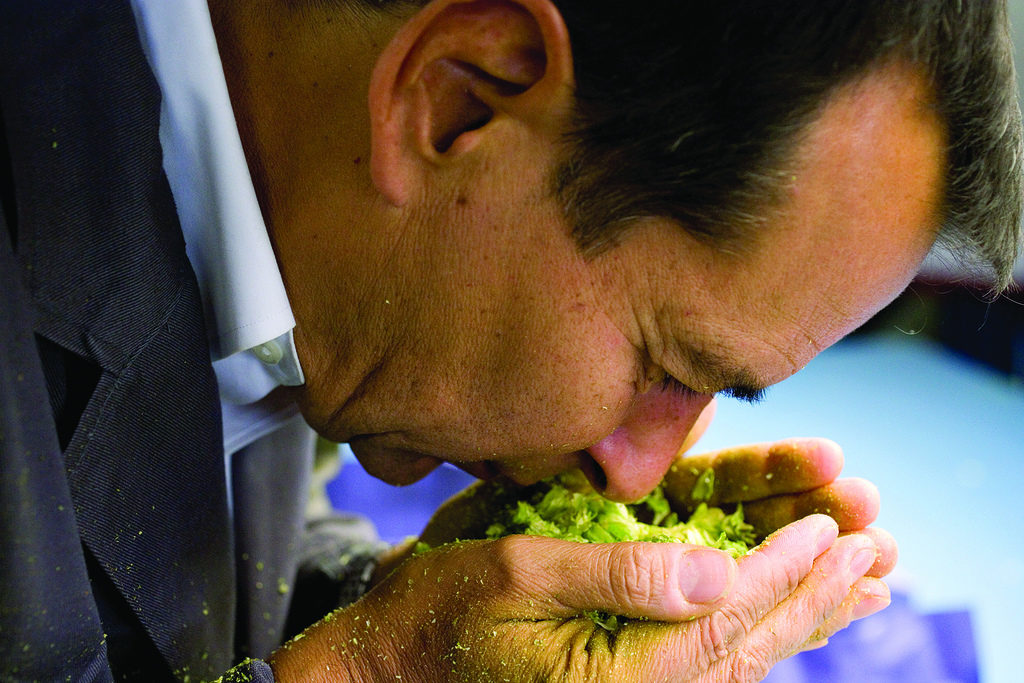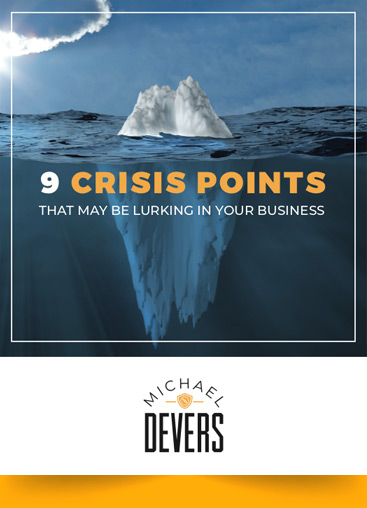A honey-maker cannot build a business with just one bee. The critical component to your business process sourced to a single supplier can create chaos – for reasons both legitimate and malignant.
A cabinet maker needs wood, a baker needs flour, and a brewer needs hops.
Jim Koch, founder of the Boston Beer Company and brewer of Sam Adams beer, has gone to considerable lengths to protect the hops supply he considers most critical to his beer. He has cultivated personal relationships with Bavarian growers responsible for rare and fragile hops. When the Hallertau Mittelfrüh hop was on the verge of going extinct, Koch and the team at Sam Adams worked with the growers and the greater German beer industry to examine and address the underlying causes. These efforts (along with long-term financial deals) protected Koch and Sam Adams against some of the predatory practices of the giants of the beer industry, who had been known to overpay for entire crops just in order to deny the crucial hops to upstart competitors.
While undertaking these efforts, Koch was also at work sourcing hops from other regions, developing new hops in the company’s R&D department, and researching ways to extend hops storage. These efforts paid off in 2008 when a nationwide hops shortage left craft brewers everywhere stuck with no hops supply. Sam Adams had prepared for such a problem so effectively that not only did they have enough to cover their own needs, but they also dipped into their reserves to make available ten tons (literally) of hops to other craft brewers unable to obtain hops anywhere else.
In Shoe Dog, Phil Knight’s account of the early days of Nike, he recounts the attempt by Japan’s Onitsuka Co. Ltd. – the sole supplier of shoes to Blue Ribbon (Nike’s pre-Nike name) – to redirect 100% of their exports to other companies in the United States. This was Onitsuka’s strategy to either acquire control of Blue Ribbon or completely run it out of business and take over U.S. operations of the rapidly growing running shoe market for themselves. To add to the insult, the shoes Onitsuka was making available to everyone but Blue Ribbon had been designed by Knight and his team.
“I had no backup, no plan B, no exit strategy,” Knight recalled. “If I was going to save Blue Ribbon, I needed to do it slowly, on my own schedule, so as not to spook customers and retailers. I needed time, and therefore I needed Onitsuka to keep selling me shoes for as long as possible.”
Knight slow-played Onitsuka’s acquisition offer long enough to enable the company to source their own factories, work on new designs, and rename the company Nike. It was a struggle and came at great cost, but Knight now had another source for shoes and would never make the same mistake again.
Eventually both companies sued each other, with Nike prevailing in the end. The company was saved and is now one of the biggest consumer brands on the globe. But it didn’t start until they were forced to move beyond one source for their shoes.
# # # # # # # # #
Previous posts from Number One is the Worst:




0 Comments